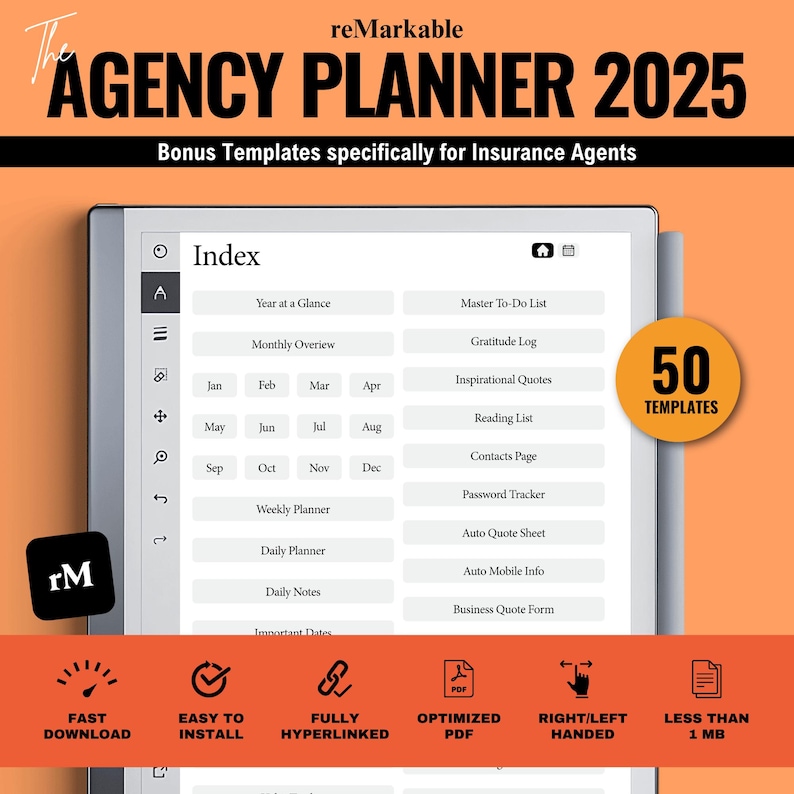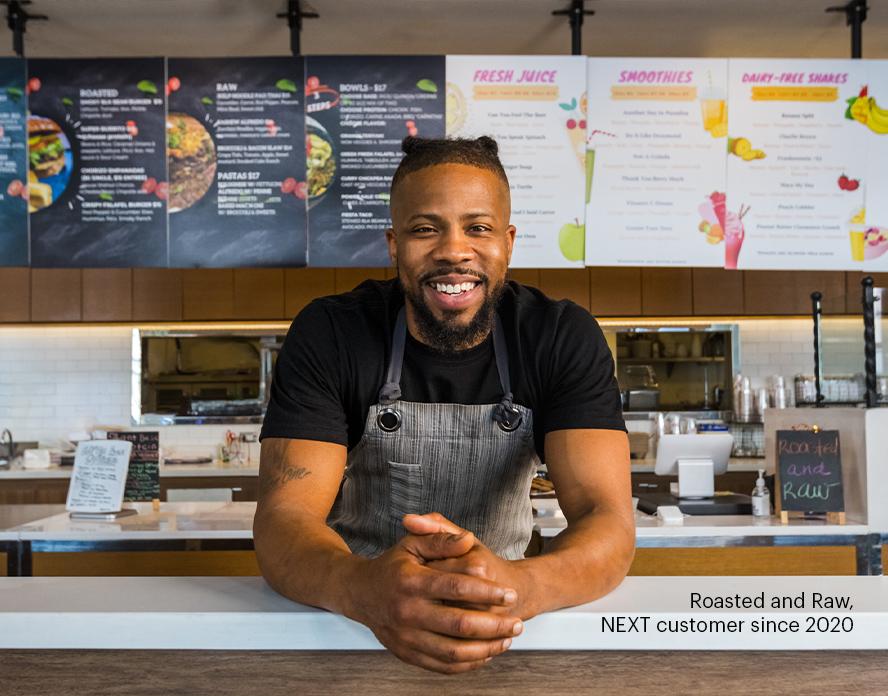Starting a new restaurant is an exciting adventure filled with dreams of sizzling success and loyal customers. But whether you’re launching a brand-new eatery or managing an established dining spot, navigating the world of insurance can feel like a daunting recipe to master. In this article, we’ll explore the unique insurance needs and opportunities that both new and established restaurants face. From protecting your ingredients to safeguarding your reputation, understanding these key differences will help you serve up confidence and security, no matter where you are on your culinary journey. Let’s dive in and discover how the right insurance insights can fuel your restaurant’s growth and resilience!
Table of Contents
- Understanding Insurance Needs for New and Established Restaurants
- Key Coverage Differences and Risk Factors to Consider
- Strategies to Optimize Insurance Costs for Restaurant Owners
- Expert Tips to Secure Comprehensive Protection and Peace of Mind
- Concluding Remarks
Understanding Insurance Needs for New and Established Restaurants
New restaurants often face unique challenges that directly influence their insurance requirements. Unlike established eateries, startups typically need to prioritize coverage that protects against potential operational hiccups, such as equipment breakdown, initial liability concerns, and building or property damage. Insurance packages designed for newer establishments frequently emphasize general liability insurance and business interruption coverage to safeguard against unforeseen events that could disrupt early growth. Additionally, new restaurant owners should consider specialized endorsements, like coverage for food spoilage or delivery-specific risks, that cater to their evolving needs.
On the flip side, established restaurants benefit from a deeper understanding of their risks and often require more comprehensive protection. As these businesses scale, their insurance needs grow to include worker’s compensation, product liability, and even cyber liability insurance as digital ordering and payment systems become standard. With a proven track record, established restaurants can leverage their history to tailor policies that optimize coverage while managing premiums effectively. The key difference lies in the balance between risk mitigation for new ventures and sophisticated risk management strategies for seasoned operations.
- New restaurants focus on foundational coverage and protection against early-stage risks.
- Established restaurants require more varied policies that encompass employee safety, product risks, and technological liabilities.
- Both benefit from regular policy reviews to adapt as the business matures.
Key Coverage Differences and Risk Factors to Consider
When evaluating insurance needs, new and established restaurants face distinct challenges that influence coverage decisions. New restaurants often require enhanced protection against start-up risks, such as property damage during renovations, and liability coverage tailored to untested operations. On the other hand, established restaurants tend to focus more on comprehensive general liability, employee-related coverages, and protection from equipment breakdowns, reflecting their ongoing business stability and frequent customer interactions.
Key risk factors that set these two types apart include:
- New Restaurants: Greater vulnerability to construction delays, cash flow interruptions, and unproven operational processes.
- Established Restaurants: Higher exposure to employee injury claims, foodborne illness liabilities, and potential lawsuits tied to long-standing reputations.
- Shared Concerns: Both must consider coverage for natural disasters, cyber threats, and supply chain disruptions.
Understanding these distinctions helps restaurateurs craft insurance policies that not only protect assets but also support sustainable growth and resilience in a competitive market.
Strategies to Optimize Insurance Costs for Restaurant Owners
Navigating insurance costs doesn’t have to be daunting for restaurant owners, whether you’re a fresh face in the industry or a seasoned establishment. One effective approach is to regularly review and update your coverage to align with your current operational needs. For newer restaurants, this means avoiding over-insurance by only selecting policies relevant to your early-stage risks. Established businesses, on the other hand, can benefit from leveraging their track record to negotiate better premiums or explore bundled packages that cover multiple facets like property, liability, and workers’ compensation. This tailored approach ensures you’re not overpaying while maintaining comprehensive protection.
Another key strategy is implementing strong risk management practices that can directly influence insurance costs over time. Instituting safety protocols, training staff on compliance standards, and installing advanced fire suppression or security systems demonstrate to insurers that your establishment is a lower liability. Both new and established restaurants can gain from these investments, as insurance providers often reward such proactive measures with reduced premiums or discounts. Additionally, consider partnering with an insurance broker who understands the unique challenges of the restaurant industry—they can help identify specialist policies and uncover cost-saving opportunities that might otherwise be overlooked.
- Regular policy evaluations adapted to your restaurant’s growth stage
- Implementing safety and risk reduction systems to qualify for lower rates
- Working with specialized brokers for tailored insurance solutions
Expert Tips to Secure Comprehensive Protection and Peace of Mind
Securing comprehensive insurance coverage for your restaurant means anticipating every potential risk before it arises. For both new and established eateries, it’s crucial to assess your unique operational needs with a fine-tooth comb. Start by identifying key areas that require special attention, such as food spoilage, equipment breakdown, and liability claims stemming from customer incidents. New restaurants can benefit immensely from tailored insurance bundles that not only protect physical assets but also cover business interruption during the critical startup phase.
Additionally, established restaurants should leverage their operational history to negotiate better terms or add specialty coverages that address evolving challenges, like cyber security risks related to digital ordering systems. Keep in mind these expert pointers to streamline your insurance approach:
- Regularly review your policy: Adjust coverage to match changes in menu, staff size, or business location.
- Invest in risk management: Implement safety protocols and staff training to reduce claim frequency.
- Utilize industry-specific insurance advisors: Professionals can customize plans that reflect your restaurant’s niche and scale.
- Consider additional liability protection: Third-party endorsements or liquor liability may be crucial depending on your offerings.
Concluding Remarks
As the restaurant industry continues to evolve, understanding the nuances of insurance for new versus established establishments is more important than ever. Whether you’re just opening your doors or have been serving up favorites for years, the right coverage can protect your passion and investment. By staying informed and proactive, restaurateurs can confidently navigate the risks and focus on what truly matters—delighting customers and growing their business. Here’s to a future where every kitchen thrives safely and successfully!






